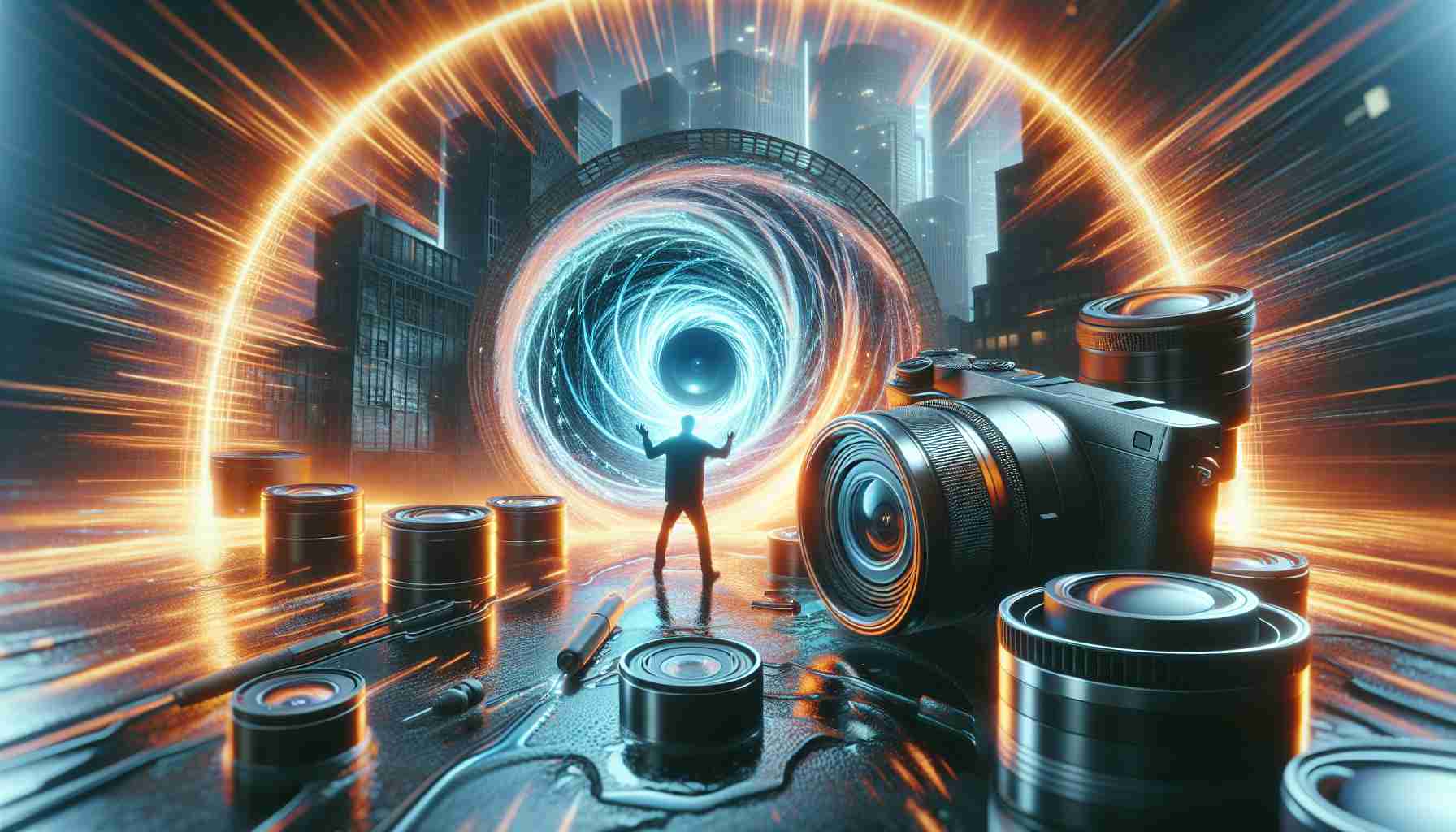The Ricoh Theta camera is a compact spherical device capable of capturing 360-degree environments in HD quality with just one click. Users appreciate its simplicity, which allows them to focus on framing without the need to adjust the field of view or settings. The camera has become a popular tool in the real estate and automotive sales industry, enabling the creation of virtual tours. Visualization artists also utilize it for creating HDR backgrounds.
Meanwhile, Ricoh decided to use the camera internally for 24-hour monitoring of their factory’s production lines. In order to enable such transmission, the camera had to operate continuously in environments with temperatures reaching up to 32 degrees Celsius. However, to prolong the lifespan of its components, the Theta camera was designed to automatically turn off when the main printed circuit board detects the possibility of overheating.
To prevent this, the design team decided to rework the camera’s housing to improve the efficiency of the heat exchangers and dissipate enough excess heat for the camera to operate 24/7 regardless of the surroundings.
In order to stay within their capabilities, Ricoh’s management chose to utilize their own 3D metal printing technology to produce the redesigned housing, testing their own 3D printers in the process. Aluminum is a challenging material to use in combination with 3D printing due to oxidation during the sintering process. However, Ricoh’s technology employs specialized binder and unique sintering processes that ensure reliable parts. This was the ideal solution for producing small, intricate camera cover components.
For the design, a gyroidal structure was chosen, driven by the need to improve heat dissipation and fully leverage the capabilities of 3D printing. With implicit nTop modeling software, this gyroidal structure could be customized to achieve optimal heat transfer performance as it creates a lightweight, self-supporting structure with a large surface area to volume ratio.
Ricoh created various models of the gyroidal structure for the camera housing in nTop, utilizing the XYZ cell size and wall thickness as parameters. These models, created almost instantly in nTop, would have taken hours to build if done in traditional CAD models. Thanks to time savings, the design team could iterate and test multiple options to find the best solution for their temperature management goals.
“nTop is excellent for solving heat-related problems because it allows us to model and test the necessary geometry for effective heat dissipation in an easy and fast manner,” says Tsuji Masato, mechanical designer from Ricoh’s mechatronics and software development department.
“With conventional CAD software, it is practically impossible to evaluate many complex shapes like gyroids. With nTop, creating and testing such shapes was easy.”
By creating the gyroidal structure in nTop, the Ricoh team was able to redesign the heat transfer pathways, enabling faster heat dissipation through the front cover of the camera housing and maintaining the internal electronics at a temperature 24% cooler than in the previous design.
With the new housing components, the Theta camera could operate for over 24 hours in continuous use without the risk of overheating. As a result, the camera can now be used in new and interesting ways, thanks to this simple section redesign.
FAQ:
The source of the article is from the blog procarsrl.com.ar
